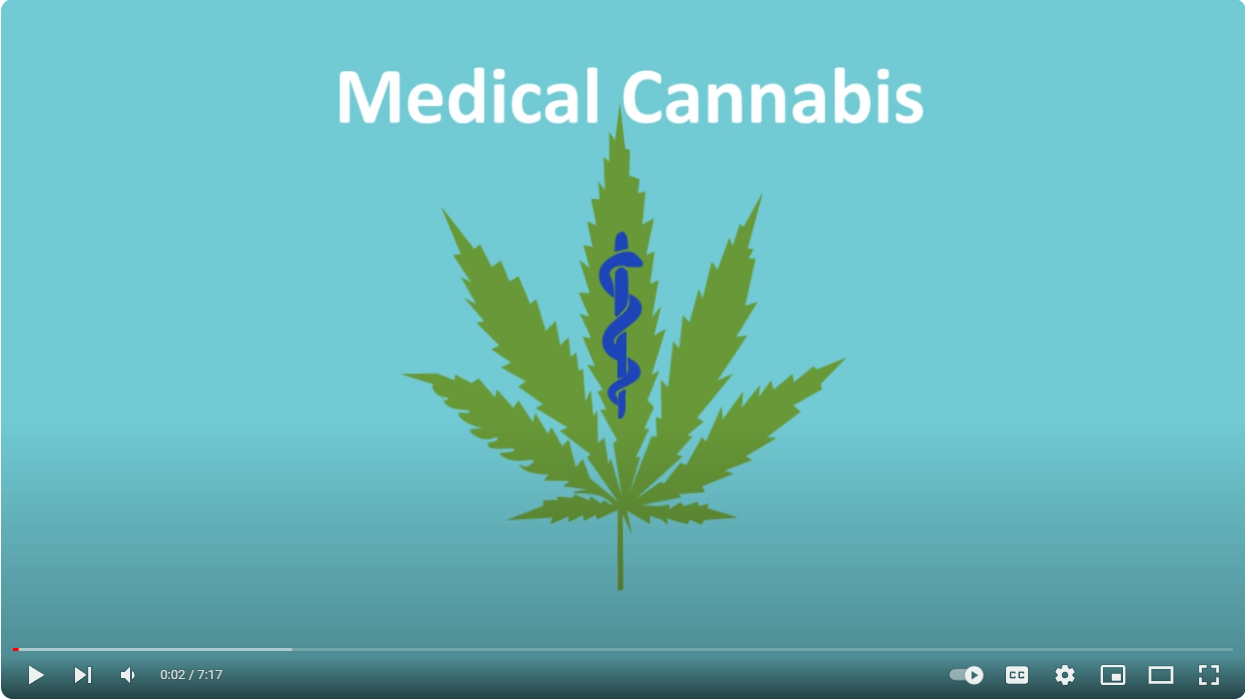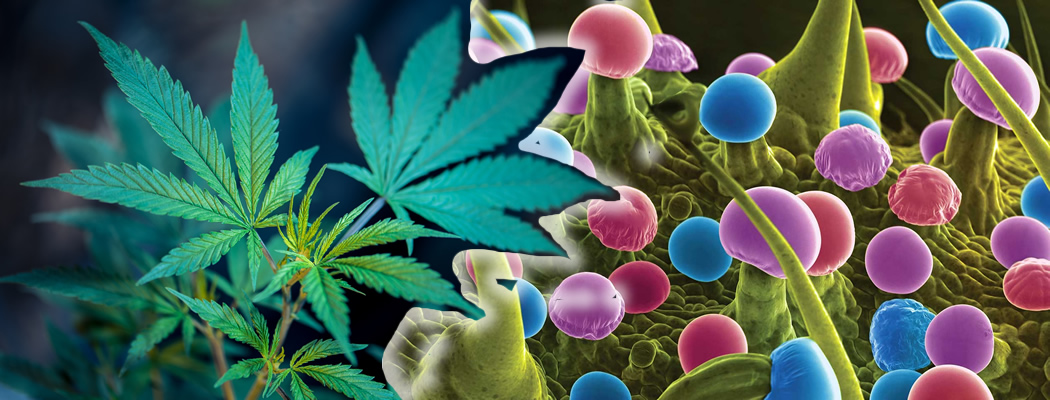Sorry, we could not find anything that matched your search.
You Can Try Another Search...
You can also Visit the Following. These are the Featured Contents

Medical Cannabis Basics

Benefits of Medical Marijuana: Dr. Alan Shackelford @ TEDxCincinnati

Cooking With Cannabis Cookbook


 D5 Creation
D5 Creation